RUC failed to arrest suspects over Kingsmills murders - report
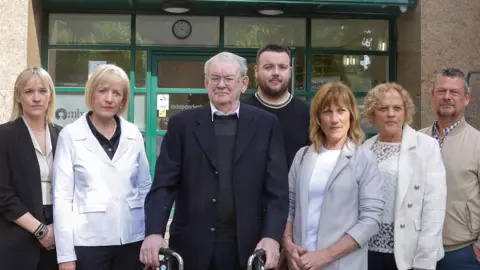 Pacemaker
PacemakerPolice investigating the murders of 10 men in County Armagh failed to arrest and interview 11 men identified by intelligence, the police ombudsman has found.
Last year an inquest found the atrocity, in Kingsmills, was an overtly sectarian attack mounted by the IRA.
Police Ombudsman Marie Anderson said the failures took place against a backdrop of "wholly insufficient" resources.
The textile factory workers were shot dead when a gang ambushed their minibus near Kingsmills in 1976.
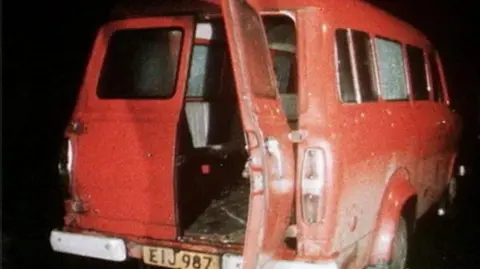
Police Service of Northern Ireland (PSNI) chief constable Jon Boutcher acknowledged "the pain and suffering" of the families of those killed and injured.
In a statement, he said: "I am determined to do all I can to provide these remarkable families with the acknowledgement they deserve and the answers they crave."
He said that areas of the report "make for uncomfortable reading" and noted the failings identified in the original investigation.
"It is important to note that the ombudsman found no intelligence that could have forewarned of, or allowed police to prevent, the murders nor did it identify any intelligence that indicated a direct threat to any of the deceased or injured," Boutcher added.
Investigation failings
A number of complaints made by the Kingsmills families regarding the Royal Ulster Constabulary (RUC) investigation in 1976 were upheld by the police ombudsman.
Several important witness statements were never taken, including those of two people who had travelled on the bus that evening and a woman who had been one of the first people on the scene.
A threat call which was made to Glenanne Mill, where the victims of the shooting worked, days before the attack was not properly investigated by the murder investigation team.
There was also no record that the police investigation sought to link the weapons used to other incidents.
The ombudsman also found that there were missed investigative opportunities in areas such as forensics, fingerprints and palm prints and witness inquiries.
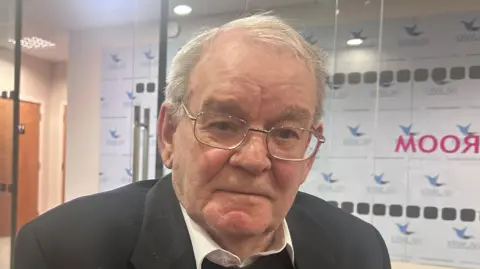
The families and their legal teams will also consider legal action, which is currently paused, alongside Tuesday's findings.
Their families and some unionist politicians have called for a public inquiry.
Justice Minister Naomi Long said it was not for her to call for a public inquiry into the Kingsmills murders, but she was not "ruling anything in or out".
Speaking in the Northern Ireland Assembly, Long said that calling for a public inquiry "will not necessarily get us a clearer picture if all of the avenues of investigation have already been exhausted."
Alan Black, who survived the shooting, told the media that it "isn't over until it's over" as he described the attack as an "evil act".
"The IRA should come clean for the sake of the families," he added.
"Just being killed because of your religion, that's never acceptable."
Mr Black said if the original police investigation "had done their job and arrested the men involved look how many lives would have been saved".
"We're going to take it right to the end of the road," he added.
"As long as I'm here, I'm going to go after getting the truth because I owe it to the boys.
"Robert, my apprentice, he would've been 69 now, probably a grandfather, and he's been lying in the ground since he was 18 years old."
Mr Black also spoke about the widows of those who were killed who "go home to an empty house" all because of "an act of madness".
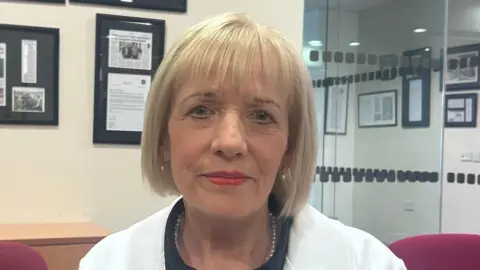
Karen Armstrong, the sister of John McConville who was killed in the attack, said it had "been a long road" as the families have only ever wanted "the truth".
Mrs Armstrong said that she did not accept a lack of resources being the reason for the failures.
"On numerous occasions whenever we went through the files it was pretty obvious that nothing was really finished off," she told BBC News NI.
Barry O'Donnell from KRW Law said there was an "intelligence agenda" involved in protecting those involved in the attack.
His colleague, Kevin Winters, said his clients would now "refocus" on the stalled High Court civil action and "today's findings will really help recalibrate that case".
What happened at Kingsmills?
The attack took place on 5 January 1976, just after 17:30 GMT.
A red Ford Transit bus was carrying the men home from their workplace in Glenanne, along the rural road to Bessbrook.
As the bus cleared the rise of a hill, it was stopped by a man standing in the road flashing a torch.
As the vehicle came to a halt, 11 other men, all masked and armed, emerged from hedges around the road.
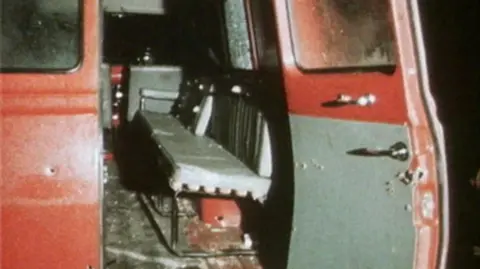
The IRA men ordered the passengers out of the bus demanding to know the religion of each of the men.
One of the workers, who identified himself as a Catholic, was told to leave.
The gang then opened fire on the remaining passengers, killing 10 Protestant workmen and seriously wounding another.
No-one has ever been held to account for the murders.
Who were the Kingsmills victims?
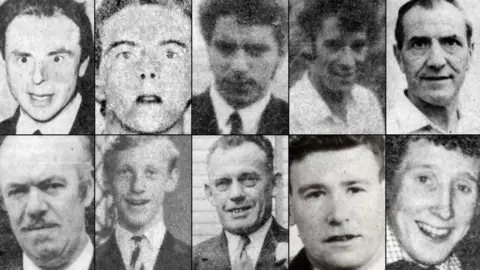
The 10 men who were killed at Kingsmills were:
- John Bryans
- Robert Chambers
- Walter Chapman
- Robert Freeburn
- Reginald Chapman
- Joseph Lemmon
- John McConville
- James McWhirter
- Robert Walker
- Kenneth Worton
A memorial service is held in south Armagh every year to remember them.
Only one man, Alan Black, survived the shooting.
He was shot 18 times and spent months in hospital recovering from his injuries.
Who carried out the Kingsmills murders?
In 2011, a report from the Historical Enquiries Team in Northern Ireland said the IRA was responsible for the attack.
It concluded that it had been a purely sectarian attack.
An inquest last year found there was no evidence of collusion or state involvement and that the attack was carried out by a unit consisting of at least 12 members of the IRA, pretending to be an Army patrol.
Shortly after the attack, the so-called South Armagh Republican Action Force claimed responsibility for it. The coroner, Judge Sherrard, said that was a lie.
The IRA has never admitted involvement and was supposed to be on ceasefire at the time of the attack.
The judge at the inquest added Kingsmills was "ostensibly in direct response" to attacks on the Catholic Reavey and O'Dowd families by loyalist terrorists the previous day, though Kingsmills was not spontaneous and had been planned "well in advance".
Throughout the Troubles, loyalist and republican paramilitaries carried out tit-for-tat murders, killing people simply based on their religion.
